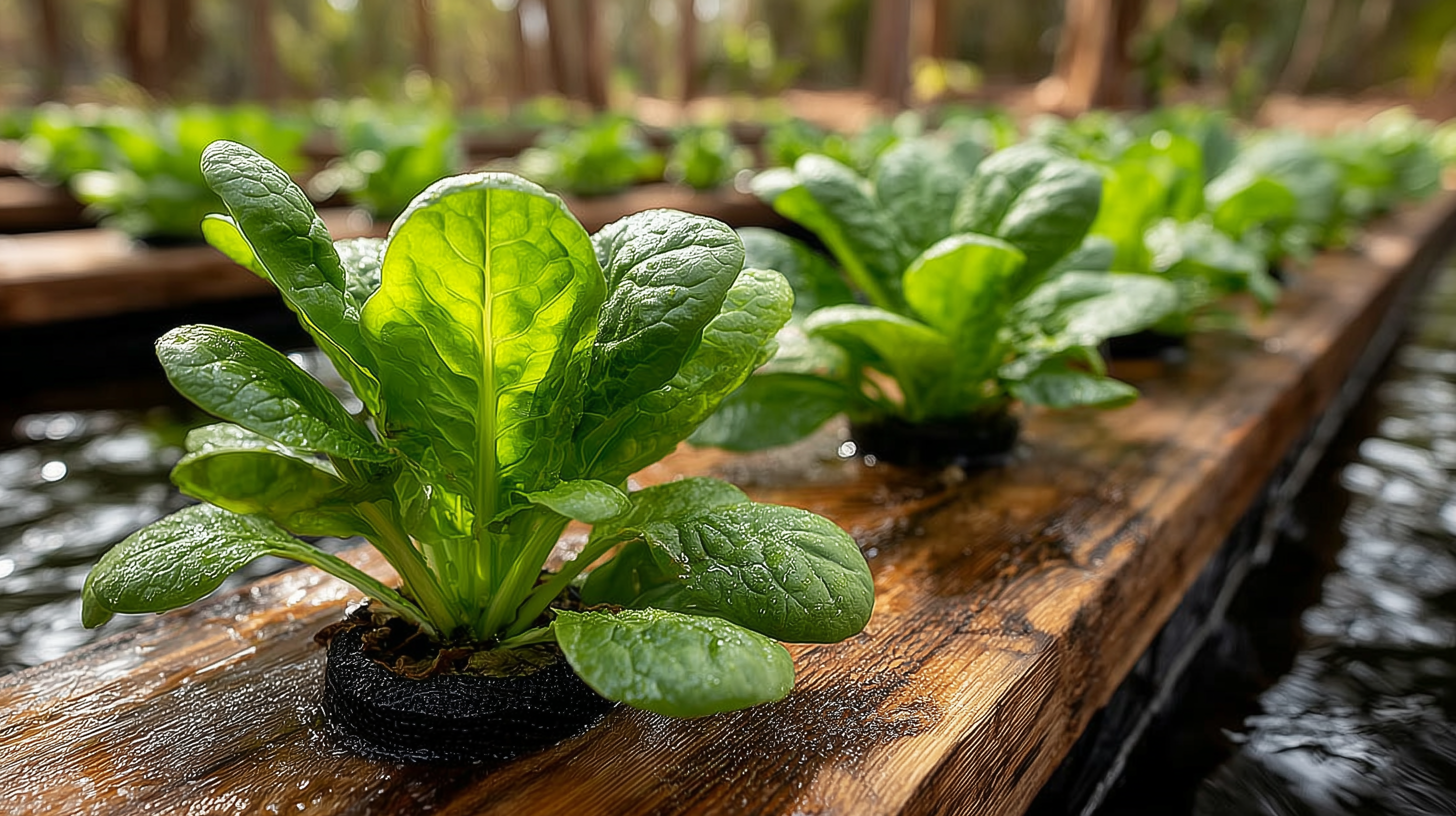Spinach is a nutrient-dense leafy green that grows well in hydroponic systems — especially on Australia’s East Coast where seasonal changes can impact soil gardening. Hydroponics allows you to grow fresh, tasty spinach year-round indoors or on your balcony.
🌱 Why Grow Spinach Hydroponically in Australia?
- 🥬 Consistent quality: Hydroponics delivers clean, crisp leaves free from soil pests.
- 💧 Water efficient: Uses up to 90% less water than traditional gardening.
- 🌦️ Adaptable to local climates: Works well in temperate Sydney winters and subtropical Brisbane summers with proper care.
- 🛠️ DIY-friendly: Easy to start with simple Kratky or passive hydroponic setups.
🧪 Best Spinach Varieties for the East Coast
Australian growers should try:
- Baby Spinach (fast growing, tender leaves)
- Malabar Spinach (heat-tolerant vine, ideal for warmer months)
- New Zealand Spinach (not a true spinach but great for summer growing)
- Savoy Spinach (curly leaves, more cold-hardy)
⚠️ Tip: Baby spinach is best for beginners due to quick harvest cycles and mild taste.
🛠 Hydroponic Setup Essentials
| Item | Purpose |
|---|---|
| Net pots (2–3 inch) | Hold seedlings securely |
| Growing medium (clay pebbles, rockwool) | Support roots |
| Nutrient solution | Balanced for leafy greens (high nitrogen) |
| Reservoir container | Holds water and nutrients |
| Grow light (optional) | Necessary during low natural light months |
| pH and EC tester | Maintain optimal nutrient conditions |
🌿 Simple DIY Method: Kratky Hydroponics
The Kratky Method is an ideal no-pump, low-maintenance system perfect for East Coast Australian growers.
Steps:
- Fill your container (jar, bucket, tub) with nutrient solution.
- Insert net pots with spinach seedlings in growing medium.
- Ensure roots reach the water, but leave air gap for oxygen.
- Place near a sunny window or under grow lights for 12–16 hours/day.
- Monitor water level and nutrient strength weekly.
🔧 For summer in Brisbane, consider partial shade or indoor placement to avoid heat stress.
🌡 Optimal Growing Conditions for Spinach
| Factor | Ideal Range |
|---|---|
| Temperature | 15–22°C (best between 18–20°C) |
| Light | 12–16 hours (natural or LED grow light) |
| pH | 6.0–7.0 |
| EC (electrical conductivity) | 1.2–1.8 mS/cm |
| Humidity | Moderate (50–70%) |
🩺 Common Spinach Growing Issues
| Problem | Cause | Solution |
|---|---|---|
| Yellowing leaves | Nitrogen deficiency or pH imbalance | Refresh nutrients, check pH |
| Bolting (flowering) too soon | Too warm or too much light | Provide cooler temps, shade midday sun |
| Root rot | Poor oxygenation or stagnant water | Increase air gap, use air pump if needed |
| Algae growth | Light exposure on reservoir | Use opaque containers or cover reservoir |
🥗 Harvesting Spinach Hydroponically
- Baby spinach is ready to harvest in 25–30 days.
- Cut outer leaves with scissors to allow regrowth (cut-and-come-again).
- For full harvest, cut entire plant 1–2 cm above roots.
- Plant new seedlings every 2–3 weeks for continual supply.
🧰 Australian Supplies & Growing Tips
- Nutrient solutions available from Bunnings or online hydroponics stores.
- pH up/down kits can be purchased from local garden centers.
- Full spectrum LED grow lights help during short winter days, especially in Melbourne and southern NSW.
🛠 DIY 3D Printed Hydroponic Accessories
Stay tuned for my upcoming designs of:
- Custom net pots optimized for spinach root growth
- Modular lid systems for jars and buckets
- Printable trays for Kratky setups suitable for Australian homes
These will be shared with full build logs and STL files on this site.
📘 Download My Hydroponics Starter Kit PDF
Want a printable checklist and step-by-step guide? Coming soon on Gumroad!
🙋 FAQs
Q: Can I use tap water for spinach hydroponics?
A: Yes, but it’s best to let tap water sit for 24 hours or use filtered water to remove chlorine.
Q: How often should I change nutrient solution?
A: Every 10–14 days or when solution becomes cloudy or pH drifts.
Q: Can spinach be grown year-round on the East Coast?
A: Yes! Hydroponics lets you control conditions for year-round growth with proper lighting and temperature control.
Have questions or want to share your spinach growing progress? Comment below or tag @hydroponixlife on Instagram!
